Frozen windows not just glass
smokensqueal
15 years ago
Related Stories
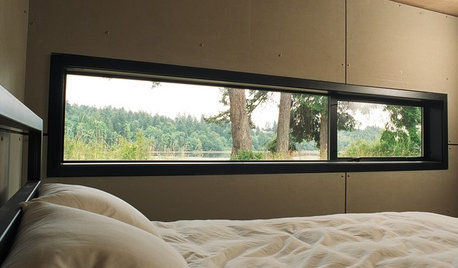
ARCHITECTUREDesign Workshop: Just a Sliver (of Window), Please
Set the right mood, focus a view or highlight architecture with long, narrow windows sited just so on a wall
Full Story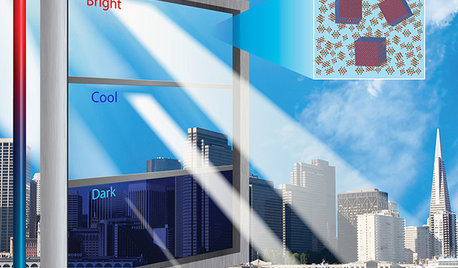
HOME TECHIs It Curtains for Curtains? Smart Glass Eliminates Window Coverings
Windows can now control light and heat through electricity and high-tech formulations, making blinds and shades optional
Full Story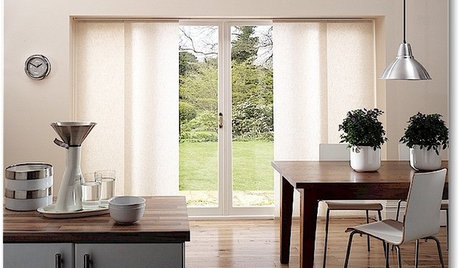
DOORSThe Art of the Window: 12 Ways to Cover Glass Doors
Learn how to use drapes, shutters, screens, shades and more to decorate French doors, sliding doors and Dutch doors
Full Story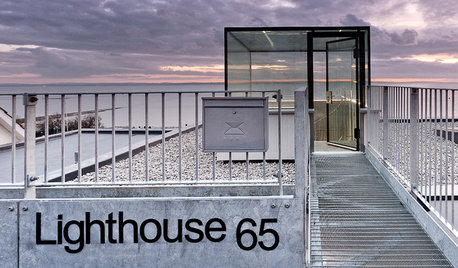
WINDOWSSurprises Await in Little Glass Boxes
In 3 examples, the functionality and whimsy of glass walls shine through
Full Story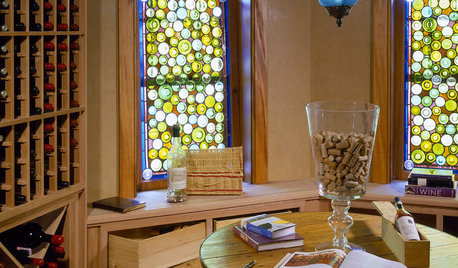
DECORATING GUIDESColor Your Home's View With Stained Glass
Interiors get an enchanting perspective with stained glass windows, doors and fixtures that dapple the light
Full Story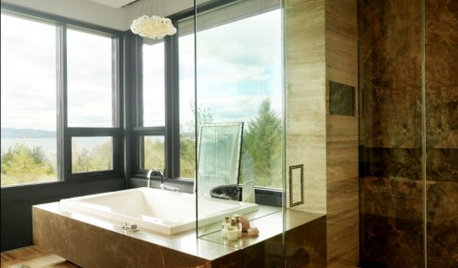
HOUSEKEEPINGGet Glass Windows and Doors Gleaming Clean
Preserve a spotless view with these guidelines for keeping soap scum, hard water spots and dirt at bay on glass surfaces around the home
Full Story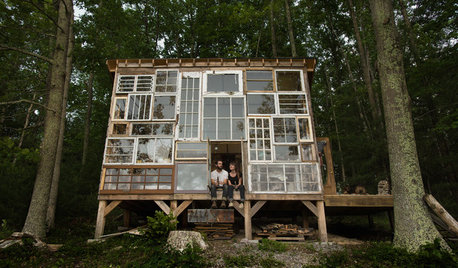
OUTBUILDINGSThe Glass-Walled Cabin That Romance Built
Envisioning sunsets and starry skies, newlywed artists construct a 1-room retreat on a family farm
Full Story
WINDOWSFlying Colors: Stained Glass Through the Ages to Today
Ancient palaces sported it. Monks were distracted by it. But today's stained glass designs may be more glorious than ever
Full Story






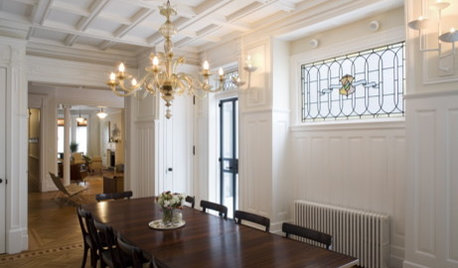


oberon476
prg100
Related Professionals
Emeryville Window Contractors · Kearns Window Contractors · Miami Springs Window Contractors · Montgomery Village Window Contractors · Oviedo Window Contractors · Hutto Window Contractors · Lauderhill Window Contractors · Muttontown Window Contractors · Tamarac Window Contractors · View Park-Windsor Hills Interior Designers & Decorators · The Crossings General Contractors · Galveston General Contractors · Rohnert Park General Contractors · Rotterdam General Contractors · Uniondale General ContractorssmokensquealOriginal Author
smokensquealOriginal Author
oberon476
mcsbldr
triggerlives_shaw_ca
Windows on Washington Ltd
triggerlives_shaw_ca
Windows on Washington Ltd
triggerlives_shaw_ca
Windows on Washington Ltd
rudix
rudix
rudix
millworkman